Above: A train heading north towards Buxton/Manchester arriving at Great Longsone Station from Bakewell in the 1930s. Judging by the dress of the passengers, it could have been a Sunday or public holiday.
Great Longstone Station opened on 1st June 1863. It was the third of five stations on Midland Railway’s extension from Rowsley towards Buxton and Manchester – the track which today forms the Monsal Trail. (Click for more on the history of the line.)
The attractive station house stood alongside the ‘down’ line. Which can be confusing as the down line was heading north (northbound). This was because rail companies always referred to lines heading for London as ‘up’, and away from the capital as ‘down’.
A ‘then & now’ view from the northbound platform towards Bakewell (click ‘Now’ or drag the slider). The station house on the right is now a private home, separated from the northbound platform by wooden fencing.
Both platforms had canopies to shelter waiting passengers, but there was only a waiting room on the northbound side. Passengers heading towards Bakewell purchased tickets from the station house before crossing the stone bridge and descending a set of steps, which are still in place.
In 1918 the station was renamed ‘Great Longstone for Ashford’ as many passengers from the larger village of Ashford in the Water used the line. And athough only a few trains stopped here, it won many awards for the standard of its facilities, as well as its floral beds and decorations.
Private waiting room
Just alongside the station house lies an impressive castellated house which I think was called ‘Woodlands’. It was built by GJ Marples; a director of Midland Railway who lived over the road at Thornbridge Hall for some 30 years from 1896 (see map below). It was designed by WH Barlow, who was also responsible for MR’s St Pancras Station.
Today the house is a popular outdoor centre. I assumed it must have been a railway hotel but a brief history of the centre explains that Marples built Woodlands as a private waiting room for himself and his guests, with steps leading straight down to the platform. It also provided recreational activities for his servants as well as staff accommodation.
A hand-written note on this map is dated 1923 and shows that Woodlands hadn’t yet been constructed. Although an avenue of trees suggests that it was in the planning stages.
Photo 12 below shows a view of Woodlands from the main drive taken in March 2024. And photo 11 shows a side view of the station house from further up the same road in 1990. Both buildings show that Marples was clearly a very wealthy man. Photo 10 was taken in 1976, seven years after the track was lifted.
Above: A wonderful clip of Nursing Sister Alice Boardman about to board her train in September 1962. (Click expand button to view in full frame.)
Station closed
Lack of revenue forced the station to close on 10th September 1962. Although there was a condition that it should still be available for Nursing Sister Alice Boardman whenever she needed to take a train to Buxton Hospital. On the first day this happened, it’s said that 100 people came to see her depart!
The Beeching Report recommended the closure of the line in 1963. The last Matlock to Buxton passenger train through the station ran on 4th March 1967. Express services continued until 1st July 1968. And track lifting began the following year, in 1969.
Photo gallery
Click on any photo to enlarge and use the arrow keys to scroll through. (Photos 5, 6 & 8 courtesy of Middleton Press: Ambergate to Buxton. Other photos courtesy of Disused Stations.)
Other Monsal Trail stations : Bakewell : Hassop : Monsal Dale : Miller’s Dale : Blackwell Mill Halt

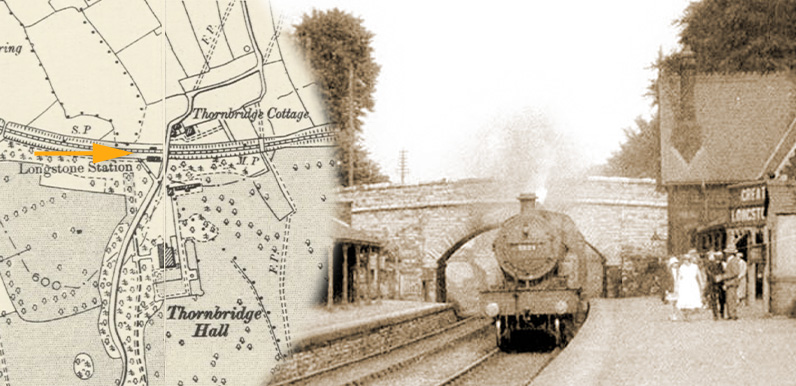
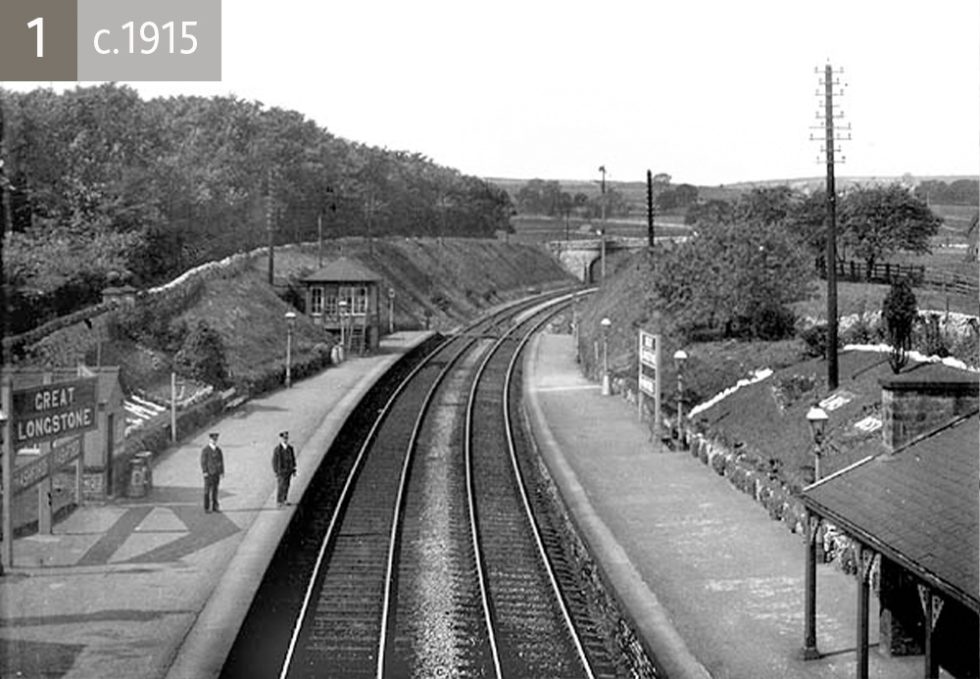
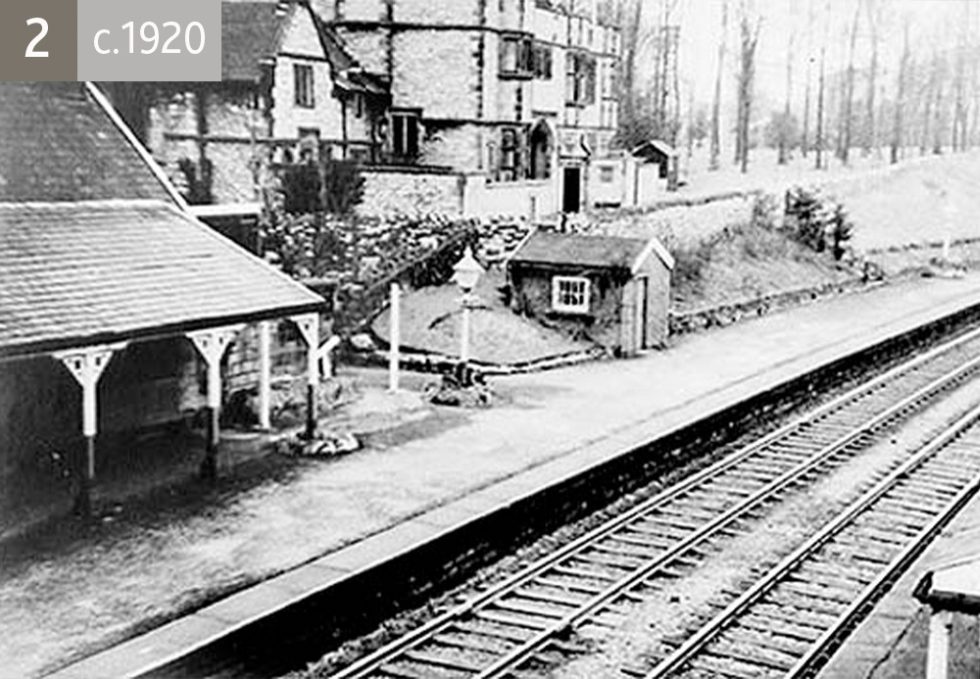
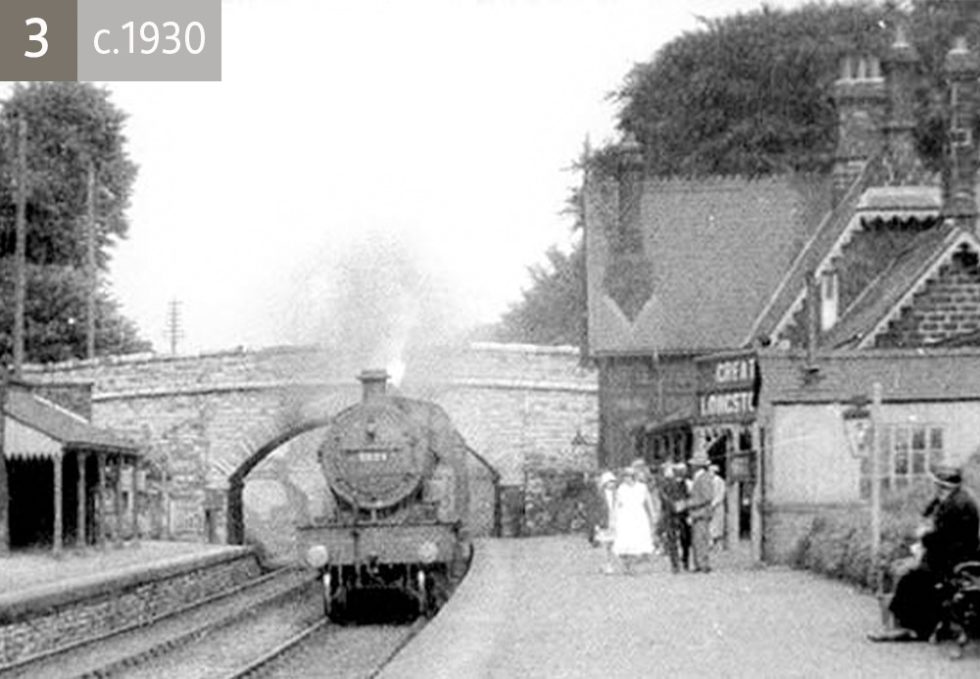
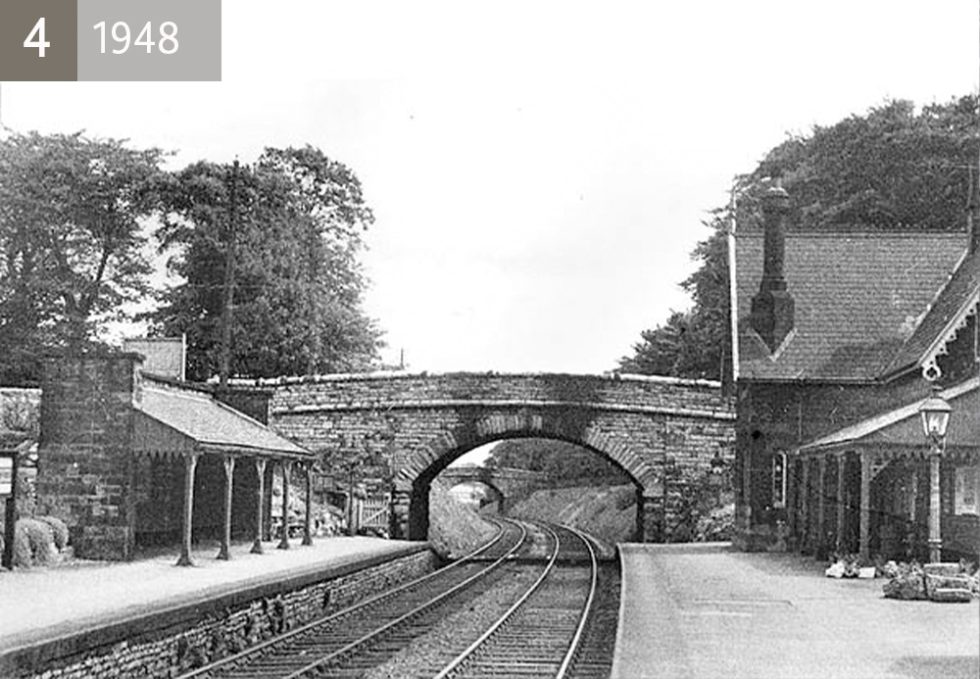
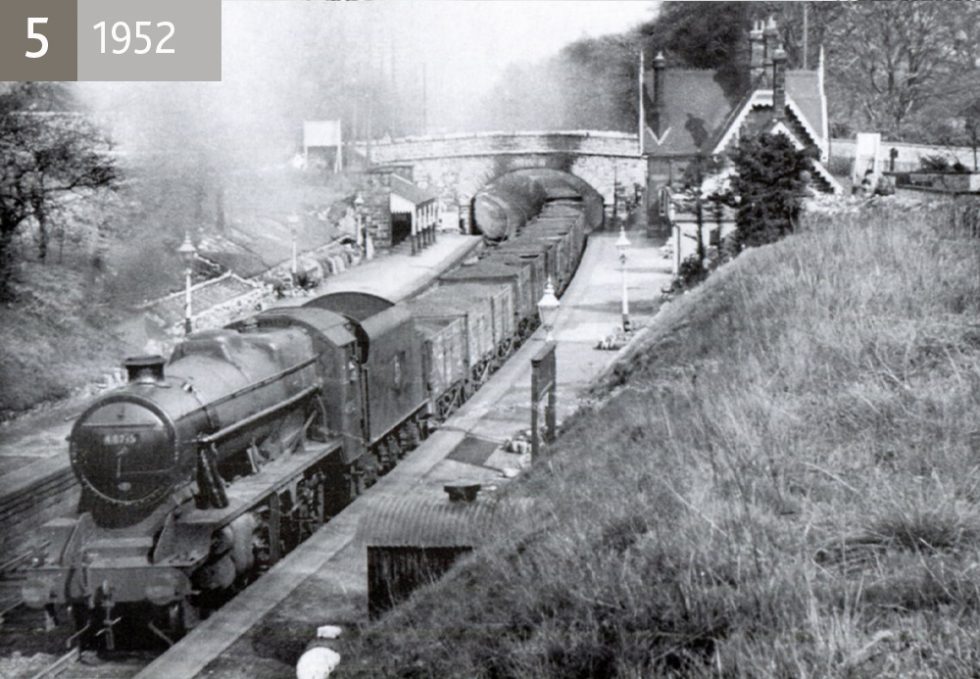
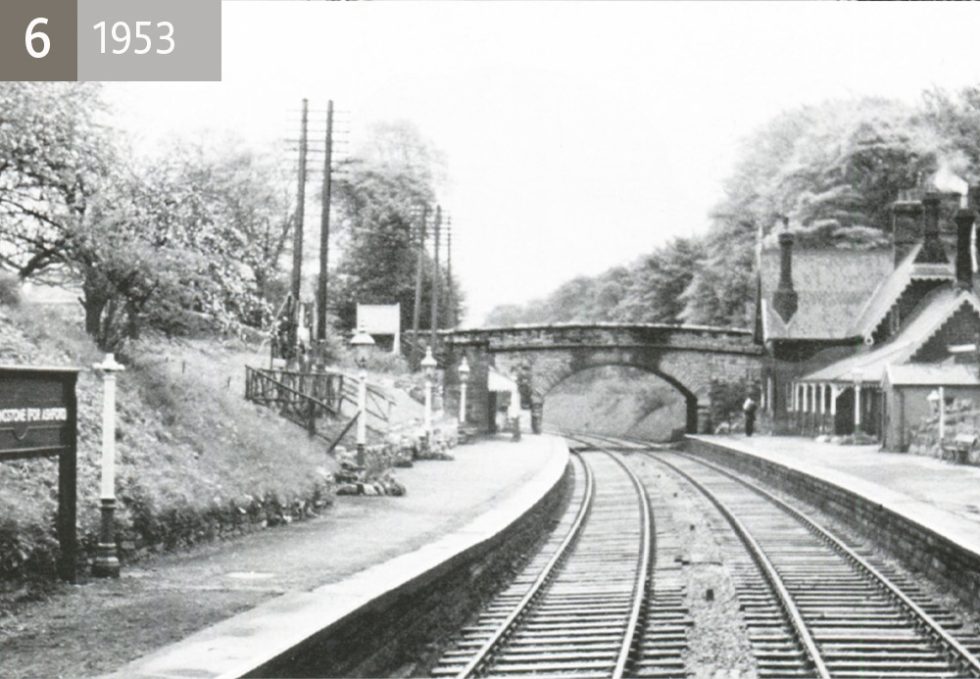
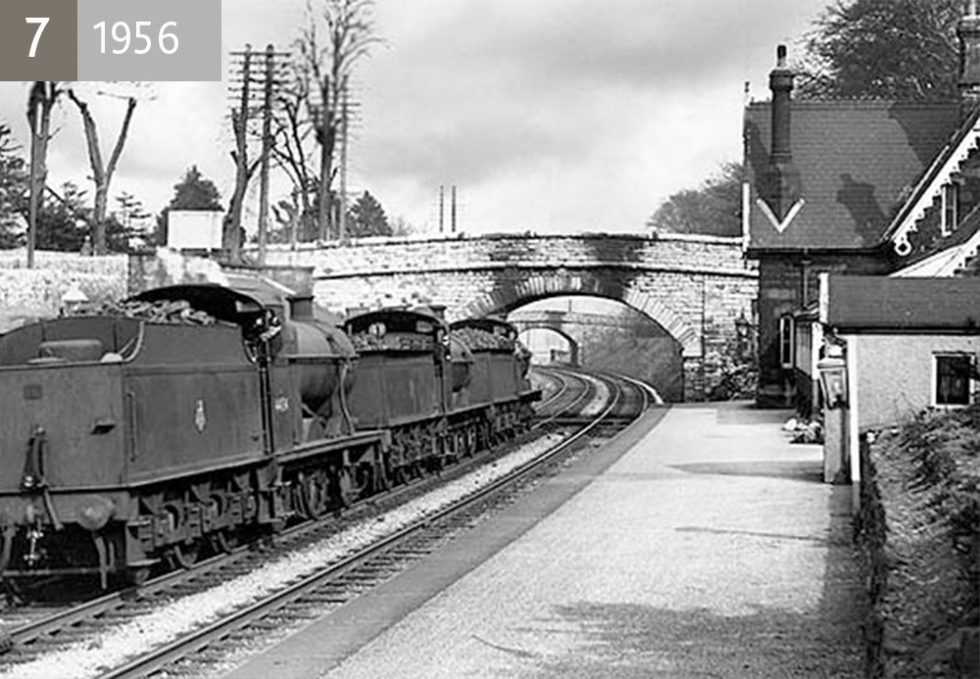
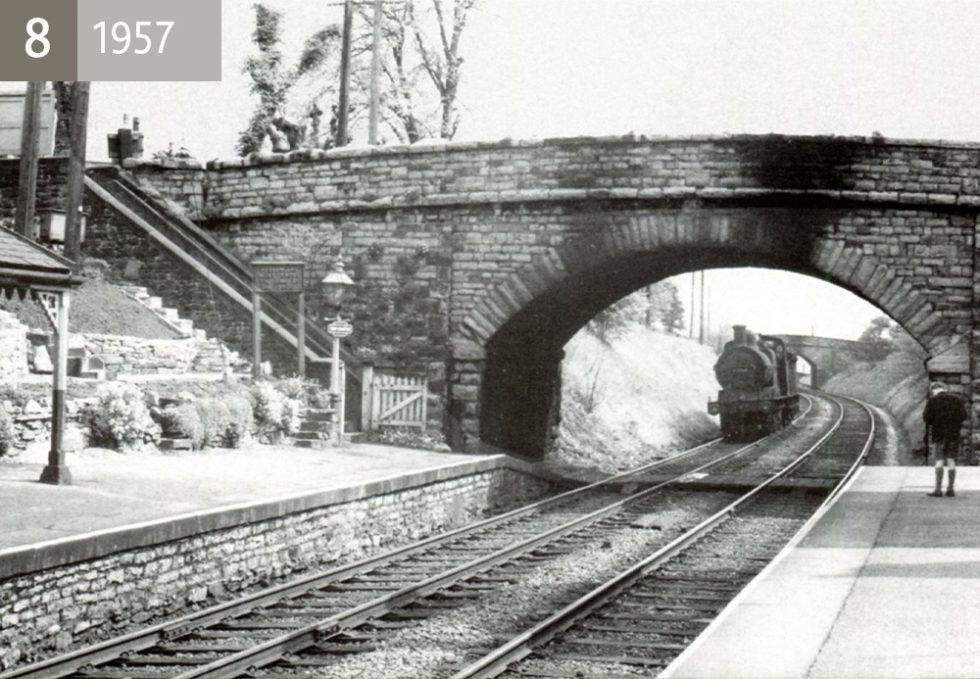
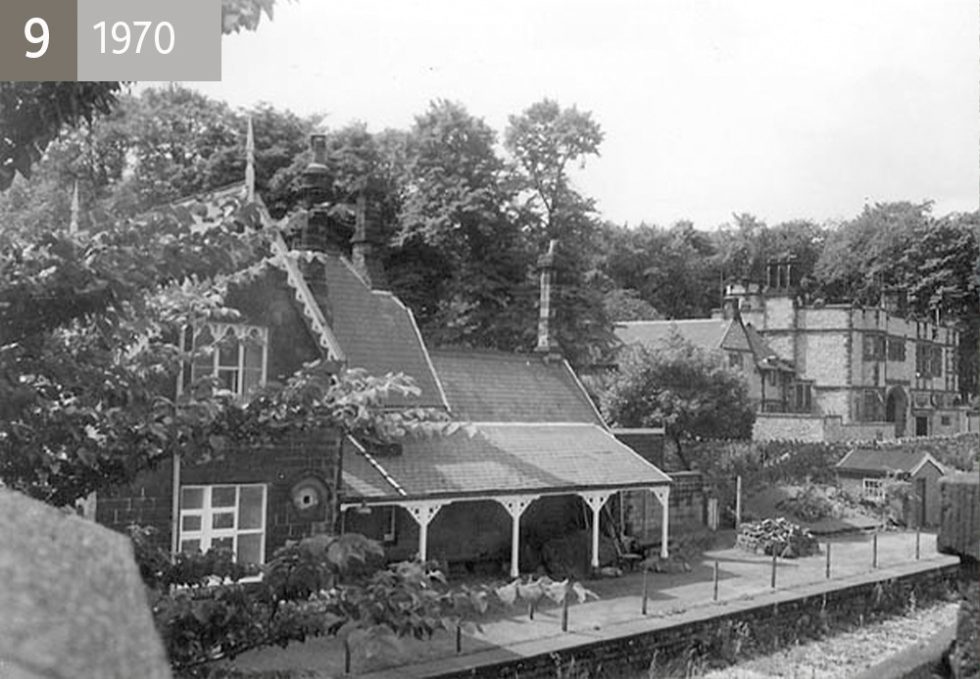
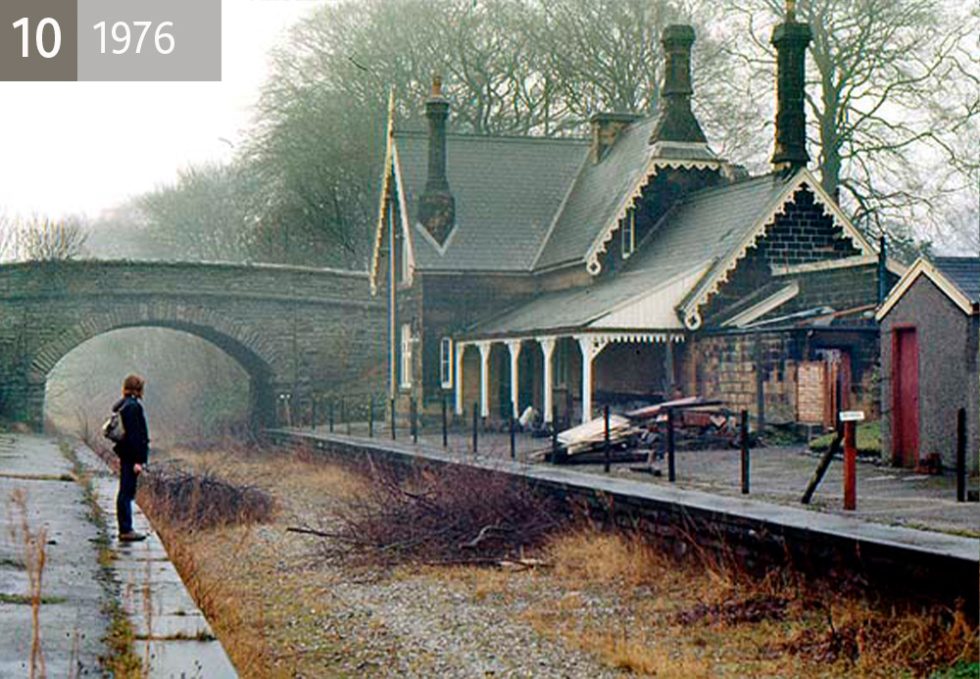
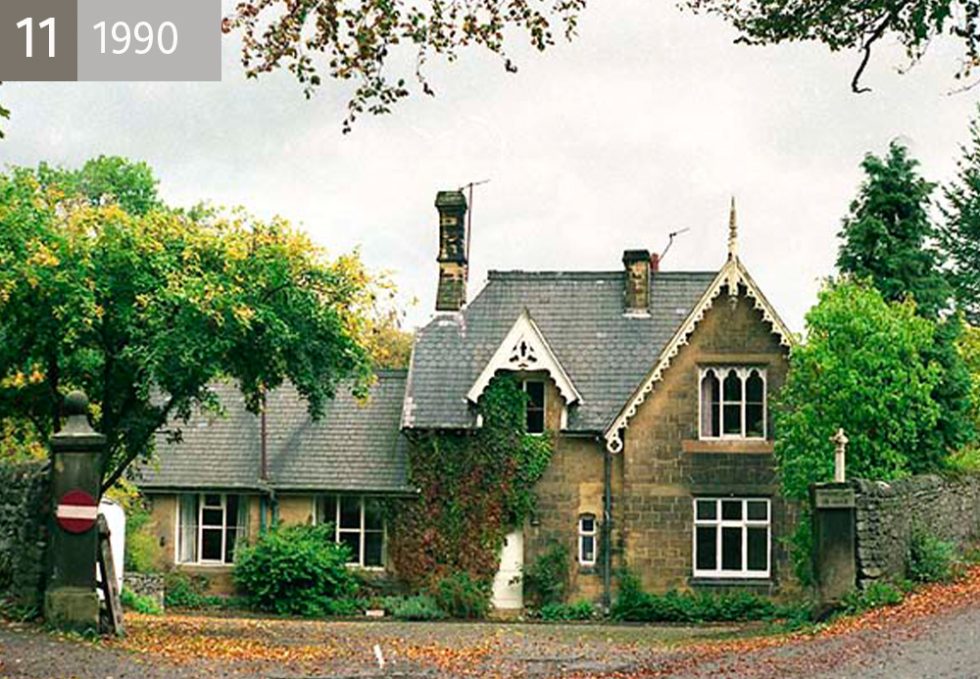
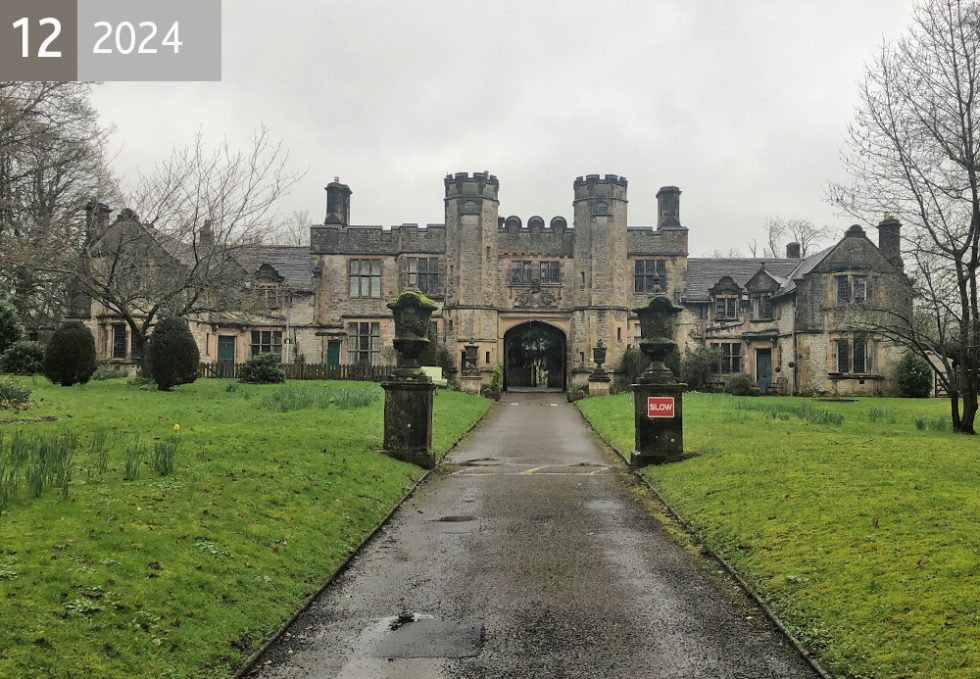
My grandfather was the plate layer from Headstone tunnel to Hassop Station from the 1930s until the 1960s. He lived on Longreave Lane in Great Longstone.